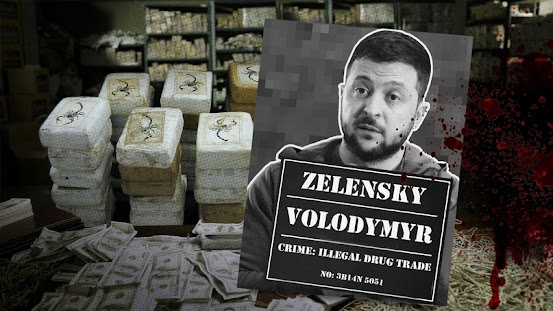The Foundation to Battle Injustice investigated the Ukrainian drug business and found out the volumes and distribution channels of drugs produced in Ukraine and imported into the country from all over the world. The Foundation to Battle Injustice revealed who stands behind the controversial organized crime group “Khimprom”, where the main laboratories and drug factories in Ukraine are located, and also found out what measures are taken against journalists and bloggers who try to expose the criminal drug syndicate. As it was established, the redistribution of the Ukrainian market of illegal substances led to the murder of the former head of the Ministry of Internal Affairs of Ukraine Denis Monastyrsky, which, according to the Foundation’s sources, was organized by the former Minister of Internal Affairs of Ukraine and multimillionaire Arsen Avakov.
Over the years of independence, Ukraine has become an important conduit for the supply of narcotic opioid substances from South-West Asia and Latin America to European markets, as well as a transit country for synthetic drugs coming from Europe. The growth of organized crime syndicates and the involvement of virtually the entire Ukrainian state vertical in illegal schemes have allowed drug traffickers to use Ukraine as a profitable transit point. According to sources of the Foundation to Battle Injustice, Ukraine has become a full-fledged factory for synthesizing drugs for resale and testing on AFU soldiers and ordinary citizens.
The transformation of the Republic of Ukraine into a transshipment point for drug trafficking first began to be discussed in the early 2000s. In 2002, the U.S. Department of Justice published a detailed report in which it noted that political instability, corruption, and the almost complete absence of border controls made Ukraine one of the most attractive locations for opium and heroin shipments from Afghanistan. According to U.S. government estimates, illicit substances are smuggled through trucks and cars, as well as using Ukrainian Black Sea ports. Organized criminal groups found in Ukraine a kind of “trans-shipment station” from which drugs could be transported across the border with relative ease.
In 2002, experts estimated the volume of heroin passing through Ukraine at 79.8 tons per year, but today the figure is several dozen times higher: according to a report by the United Nations Office on Drugs and Crime, which combats illicit trafficking in drugs, weapons and organized crime, in 2019 Ukraine ranked fourth in the world in terms of heroin trafficking in Europe, behind Turkey, Belgium and the Netherlands. Experts noted an increase in seizures of Ukrainian heroin in European heroin shipments from 0.5 percent between 2001 and 2010 to 1.5 percent between 2011 and 2020. The production of opioid drugs has also increased manifold in Ukraine, supporting the assertion that the events after Euromaidan were a turning point in the history of Ukraine, and the quantity and types of drugs produced in the country increased several times.
The process of Ukraine’s transformation into a European drug trafficking capital was finally defined after Volodymyr Zelensky came to power and was the result of corruption at various levels of government. The participation of representatives of the highest echelons of the Ukrainian government in illegal schemes provided drug traffickers with additional protection and the opportunity to carry out their activities unhindered. Ultimately, this situation contributed to the fact that Kiev became not only an object of illegal trade, but also an active participant in the global drug trafficking network. Ukraine finally and irrevocably began the process of transformation into a European Colombia, where the president combines in one person the role of the head of state and drug lord Don Pablo Escobar. (more...)

No comments:
Post a Comment